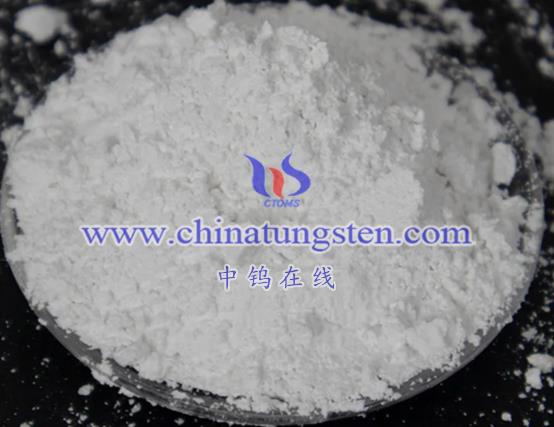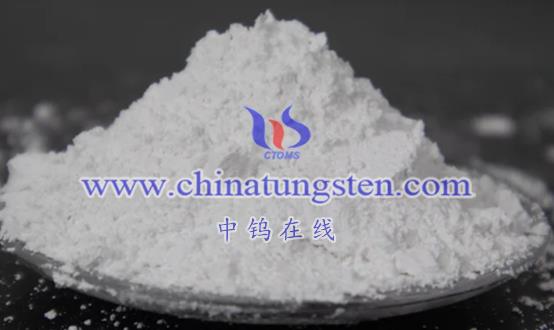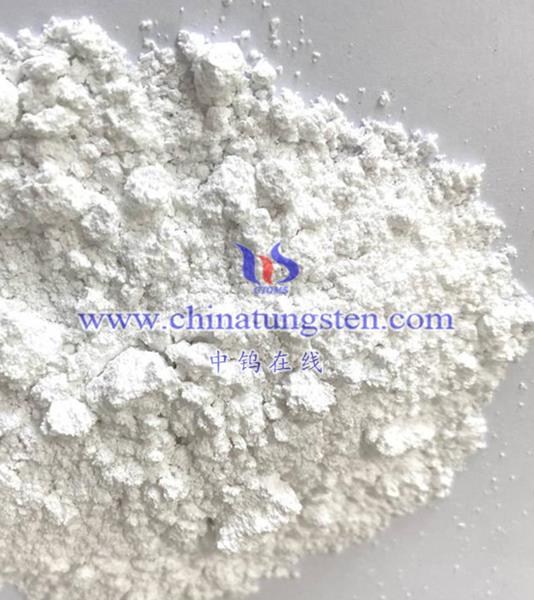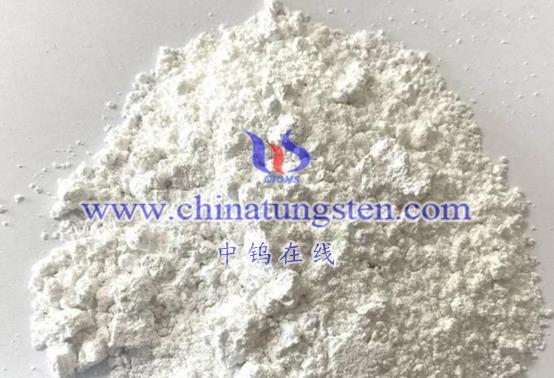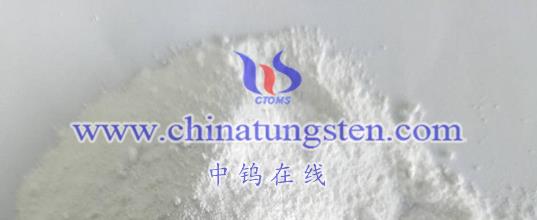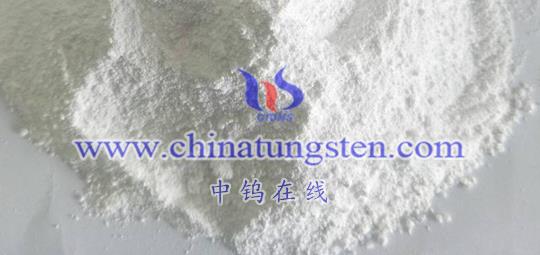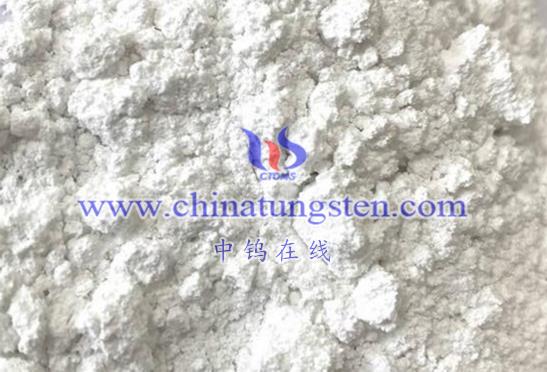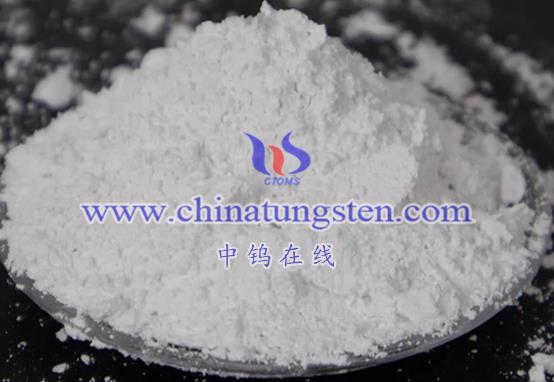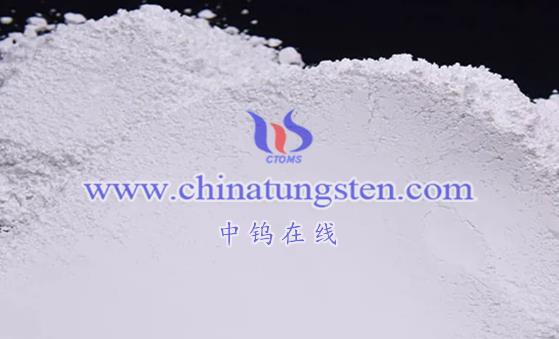
Evaluating the stability of Ammonium Metatungstate Dispersions is a process that involves many aspects, and the following are some of the main evaluation methods and considerations:
- Experimental observation method
Observation of precipitation generation
Place the ammonium metatungstate dispersion under appropriate conditions (e.g., specific temperature, pH, etc.) and observe whether precipitation is generated. The formation of precipitate usually indicates that the dispersion is less stable.
Color change
Observe whether the color of the dispersion changes. Color changes may indicate that some components in the dispersion have undergone chemical reactions or changes in physical state, thus affecting its stability.
Transparency
Check the transparency of the dispersion. Reduced transparency may mean that the particles in the dispersion have aggregated or formed a colloidal structure, which is also a sign of decreased stability.
- Physical and Chemical Properties Measurement
pH Measurement
Use a pH meter to determine the pH of the dispersion. The pH value of ammonium metatungstate has a significant effect on its stability, so pH stability is one of the important indexes to evaluate the stability of dispersions.
Viscosity Measurement
The viscosity of the dispersion was measured by viscometer. The change of viscosity can reflect the strength of the interaction between particles in the dispersion, thus affecting its stability.
Particle size distribution analysis
The particle size distribution of the particles in the dispersion is determined using a particle size analyzer (e.g., laser particle size meter). Changes in particle size distribution can reveal the aggregation or dispersion of particles, thus assessing the stability of the dispersion.
Third, long-term storage experiments
Storage condition control
Place the ammonium metatungstate dispersion under preset storage conditions (e.g. temperature, humidity, light, etc.), and conduct regular observation and testing.
Periodic testing
During storage, the physicochemical properties of the dispersion (such as pH value, viscosity, particle size distribution, etc.) and whether there is precipitation and other phenomena are tested regularly. The long-term stability of the dispersion can be assessed by comparing the test results under different storage times.
Other Evaluation Methods
Accelerated aging test
Accelerate the aging process of the dispersion by increasing the temperature, humidity and other conditions, in order to observe the change of its stability in a short period of time. This method can shorten the evaluation period, but need to pay attention to control the experimental conditions to avoid the introduction of other interfering factors.
Literature reference:
Relevant literature and data are consulted to understand the stability performance of ammonium metatungstate dispersions under different conditions. This helps to provide theoretical basis and reference data for the evaluation process.
In conclusion, the assessment of the stability of ammonium metatungstate dispersion requires comprehensive consideration of several factors and methods. Through the comprehensive application of experimental observation, physicochemical property determination, long-term storage experiment and other assessment methods, the stability of dispersions can be comprehensively assessed and provide a reliable basis for its storage and use.
More details of ammonium metatungstate product, please visit website: http://ammonium-metatungstate.com/
Please contact CHINATUNGSTEN for inquiry and order of ammonium metatungstate:
Email: sales@chinatungsten.com
Tel.: 86 592 5129595
